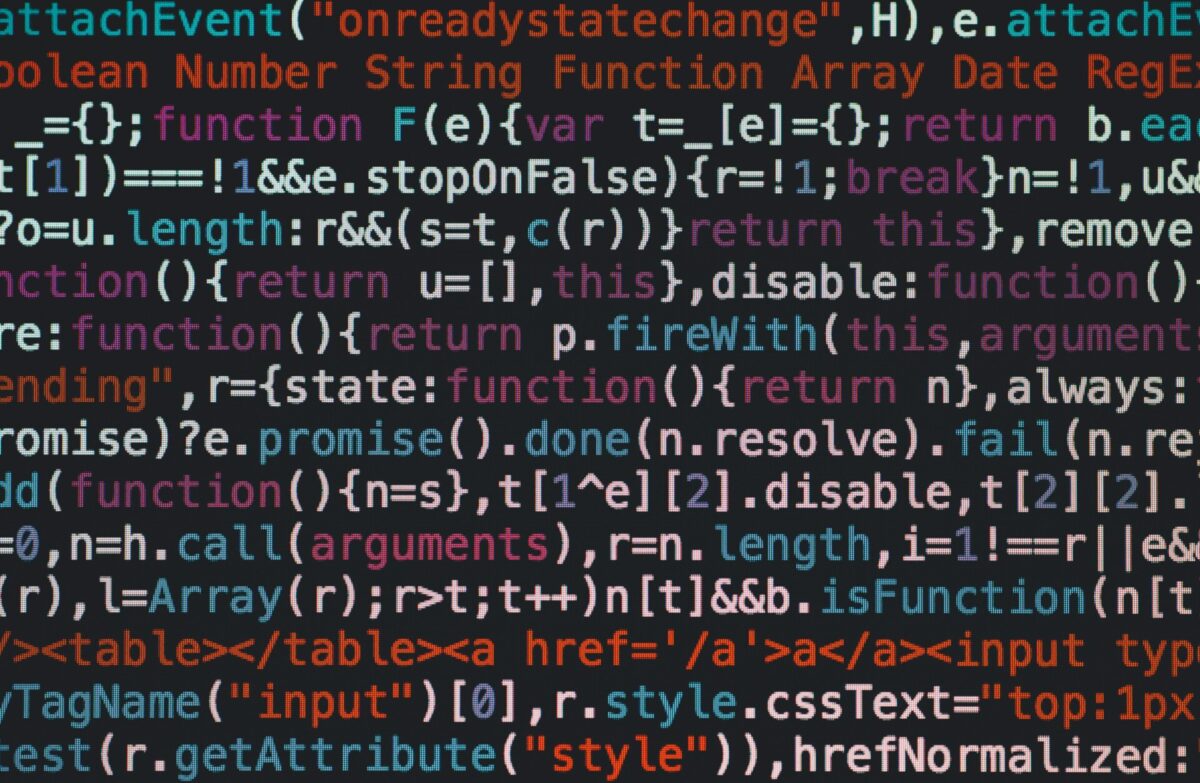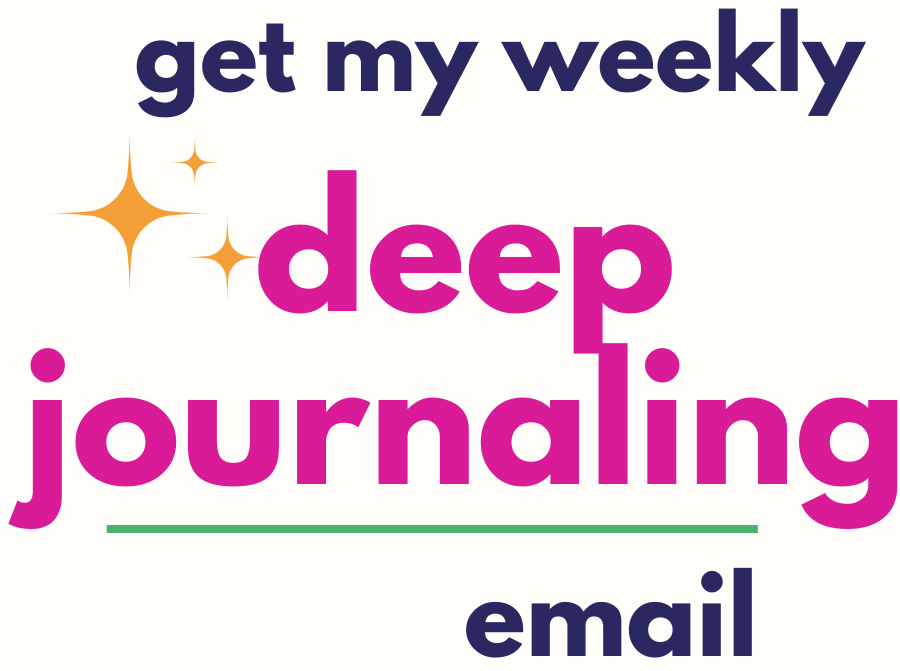I’m a staunch advocate for journaling solving pretty much everything. But I recently made a discovery that blew my mind. Literally.
Last week I found myself all hung up on an issue, unsure how to solve it. I jumped into the usual method: journaling the beejezus out of it. I wrote about this issue every day, hoping to get clarity on it. I struggled with it, almost visibly. It was a toughie. And like one of those knots you get in your back that you can’t… quite… reach, the solution seemed just out of grasp — but annoying as a weasel on crack.
Left Brained, Right Minded
I’m sure you’ve heard the brain lateralization theory: some people rely primarily on the left half of their brain and others, the right. I was born a creative thinker. I was very right-brained most of my life. I couldn’t follow directions on how to put that table together, but I could create a new one using only found objects.
Then I discovered code. I started building websites from scratch, using HTML, CSS, PHP — all these highly logical, very left-brained activities. I love writing code. I love the certainty and organization of it. I love how it demands perfection. It challenges me, and requires discipline and attention.
The more I focused on code, the stronger the left half of my brain felt. I started organizing my creativity. I applied logic to solving problems that I used to attack with emotions only. My approach to the world felt much more balanced.
Curious about this result, I started doing some research. I found several scientific papers on brain plasticity — the ability of our brains to grow and change in response to our environment. New research suggests that while we may be born with a tendency to be either left- or right-brained, we can actually change how our brain works by creating new connections. By writing HTML. Or doing lots of math. Or color-coding your Tupperware. (Ok, that’s just me.)
I found this idea fascinating. The stronger my brain became in logic and reason, the more I applied it to my daily life. I was sure any problem could be reasoned through, written out, logic-ized into submission.
So imagine my dismay when this recent problem arose that wouldn’t behave. I was climbing the walls in frustration.
Thinking without Thinking
Then I read this chapter in Blink: the Power of Thinking without Thinking by Malcolm Gladwell. (I suggest picking up any of Gladwell’s books if you enjoy nonfiction. In addition to Blink, he’s also written The Tipping Point and Outliers. They are absolutely riveting books on human behavior, psychology, and the modern world.)
In Blink, Gladwell is talking about the ability of humans to make snap-judgements and first impressions using their subconscious mind. The kind of thing we usually call “intuition.” He also found that nobody can explain how these decisions get made, even when they think they can. There is part of the brain that remains a total mystery, and this part is often responsible for some of the most important decisions in our lives.
Gladwell goes on to tell the story of two military groups engaging in war games. One group is given massive amounts of information, graphs, charts, spreadsheets of probability data, ruberics and workflows. The other group is given nothing but standard GPS and satellites. Conventional logic would say that the group with all the information was significantly more prepared for combat than the group given no details about their enemies or mission. But the opposite proved true.
The experiment found that focusing on graphs, charts, and logic actually paralyzed this military group to the point of drastic defeat. Meanwhile, the group with no information or guidance relied on a combination of prior knowledge, flash judgments, and intuition.
Gladwell’s point is that sometimes we can’t solve a problem by looking directly at it. That sometimes the more left-brained statistical information we get, the more we become distanced from our ability to solve the problem. Some problems simply need to be solved with the right brain.
In other words, back away from that Excel spreadsheet.
This made so much sense to me, as I was in the very midst of struggling with my issue, and no amount of flowcharts or graphs were helping. I’d been writing about the problem for weeks to no avail. I’d been focusing directly on it — staring it down, insisting it reveal its solution.
Inspired by Gladwell’s story, I decided to take a walk.
Sudsy Solutions
I finished journaling about the problem, closed my journal, and ventured outside. I didn’t think about it. I walked through my neighborhood, paused to pet the resident cats of each block. I stopped for a passionfruit iced tea. I listened to some music along the way. Then I returned home and took a shower.
In the middle of the soapy spray, the solution came to me. I was thinking about how nice my Fructis smelled one instant, and the next, I was hopping out of the shower, soaking wet and dripping on my journal as I hurriedly scrawled down the solution to the problem that had been gnawing at me for weeks.
I didn’t stop writing for almost an hour. The solution came to me all at once, fully formed, a complete picture. The energy I felt at making the connection was palpable. It powered me through the entire weekend on the wings of inspiration.
I was amazed, to say the least. I never thought we’d be able to solve problems by NOT thinking about them. By writing it out and then laying them to rest. Letting our subconscious do whatever it does best when we’re not paying attention.
I encourage you to try this out the next time you’re stumped on a problem. Journal about it, write it all out. Make the pros and cons lists, get the details down. Then go for a walk. Or a swim. Or have coffee with a friend and talk about anything besides the problem. Maybe even sleep on it.
See what your subconscious comes up with. Sometimes we see something best by not looking at it at all.




